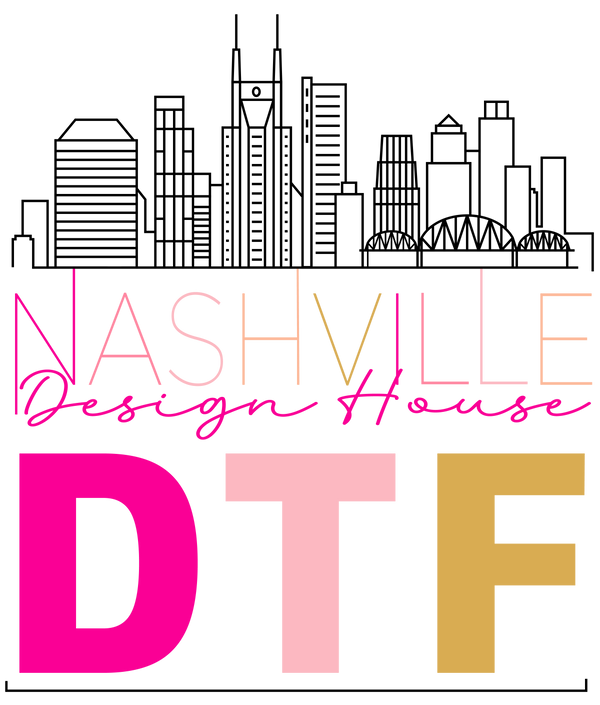As the apparel customization industry evolves, Direct-to-Film (DTF) transfers have gained popularity as a superior printing method for creating vibrant, durable, and versatile designs. But what sets DTF apart from traditional methods like screen printing, vinyl, and sublimation? Let’s dive into 10 reasons why DTF transfers outshine the competition.
1. No Pre-Treatment Required (Unlike Screen Printing)
Screen printing often requires extensive setup, including screens, emulsions, and pre-treatment for certain fabrics. DTF transfers eliminate these hassles, making it faster and easier to prepare designs. This efficiency translates to lower production costs and quicker turnaround times.
2. Works on Almost Any Fabric
Unlike sublimation, which only works on polyester or polymer-coated surfaces, DTF transfers can adhere to a wide range of fabrics, including cotton, polyester, nylon, and even blends. This versatility ensures you can expand your product offerings without worrying about fabric limitations.
3. Vibrant, Full-Color Designs (Better than Vinyl)
Vinyl printing often limits you to basic colors or layered designs, but DTF transfers allow for photo-quality, full-color images with smooth gradients and intricate details. This capability is a game-changer for creating eye-catching, professional-grade designs.
4. Superior Durability
DTF prints are renowned for their durability, withstanding numerous washes without cracking, peeling, or fading. Unlike vinyl, which can lift at the edges over time, or sublimation, which can fade, DTF transfers maintain their quality for the long haul.
5. No Weeding or Layering (Unlike Vinyl)
One of the most tedious parts of using vinyl is the need to weed out excess material and layer multiple colors. DTF eliminates these steps entirely. Simply print, transfer, and you’re done—saving hours of labor on large or complex designs.
6. Lower Setup Costs than Screen Printing
Screen printing requires costly screens and setup for each design, making it impractical for small batches or custom orders. DTF transfers, on the other hand, involve minimal setup costs and are ideal for one-offs, small runs, or personalized items.
7. Ideal for Detailed and Custom Designs
The precision of DTF printing allows for intricate, high-resolution designs that are difficult to achieve with screen printing or vinyl. Whether it’s small text, detailed artwork, or photorealistic images, DTF delivers exceptional detail.
8. No Fabric Color Restrictions (Unlike Sublimation)
Sublimation printing is limited to white or light-colored fabrics. DTF transfers work equally well on light and dark fabrics, thanks to the opaque white ink layer that ensures designs pop on any background.
9. Eco-Friendly Printing Option
DTF printing uses less ink and fewer chemicals compared to screen printing and vinyl, which often produce significant waste. Many DTF inks are also water-based and non-toxic, making them a more sustainable choice for eco-conscious businesses.
10. Faster Production Times
With screen printing, each color requires a separate screen, which increases production time for multi-color designs. Vinyl requires careful weeding, and sublimation has material limitations. DTF transfers bypass these delays, offering a streamlined process that ensures fast, efficient production.
Final Thoughts
DTF transfers are revolutionizing the custom apparel industry with their versatility, efficiency, and unmatched quality. Whether you’re a small business, hobbyist, or large-scale producer, adopting DTF transfers can help you expand your capabilities and stand out in a competitive market.
If you’re ready to elevate your printing game, DTF transfers might just be the solution you’ve been searching for. With Nashville Design House, we provide vibrant, high-quality DTF transfers to help your business shine. Explore the possibilities today!
This blog post positions DTF transfers as the superior choice for your readers while also subtly promoting your business. Let me know if you’d like adjustments!

